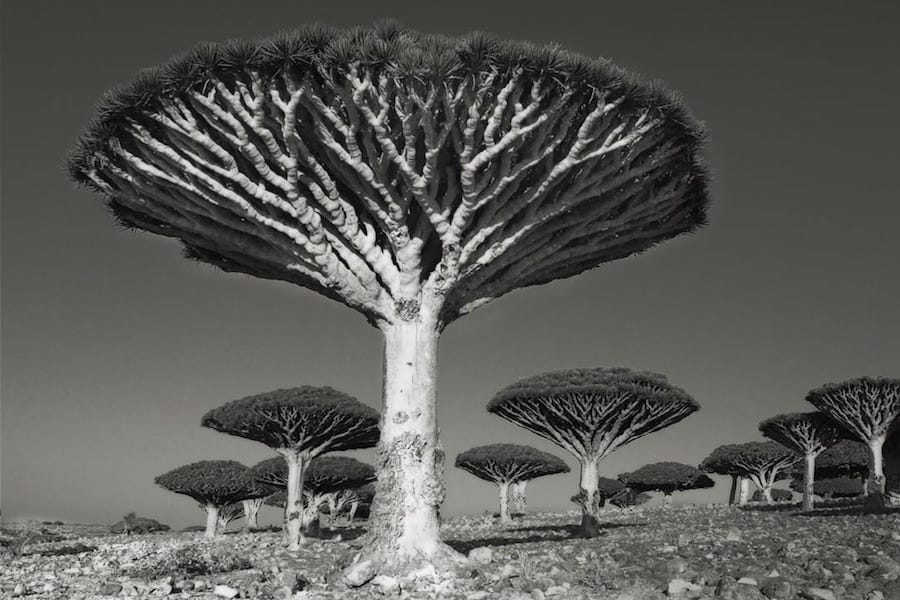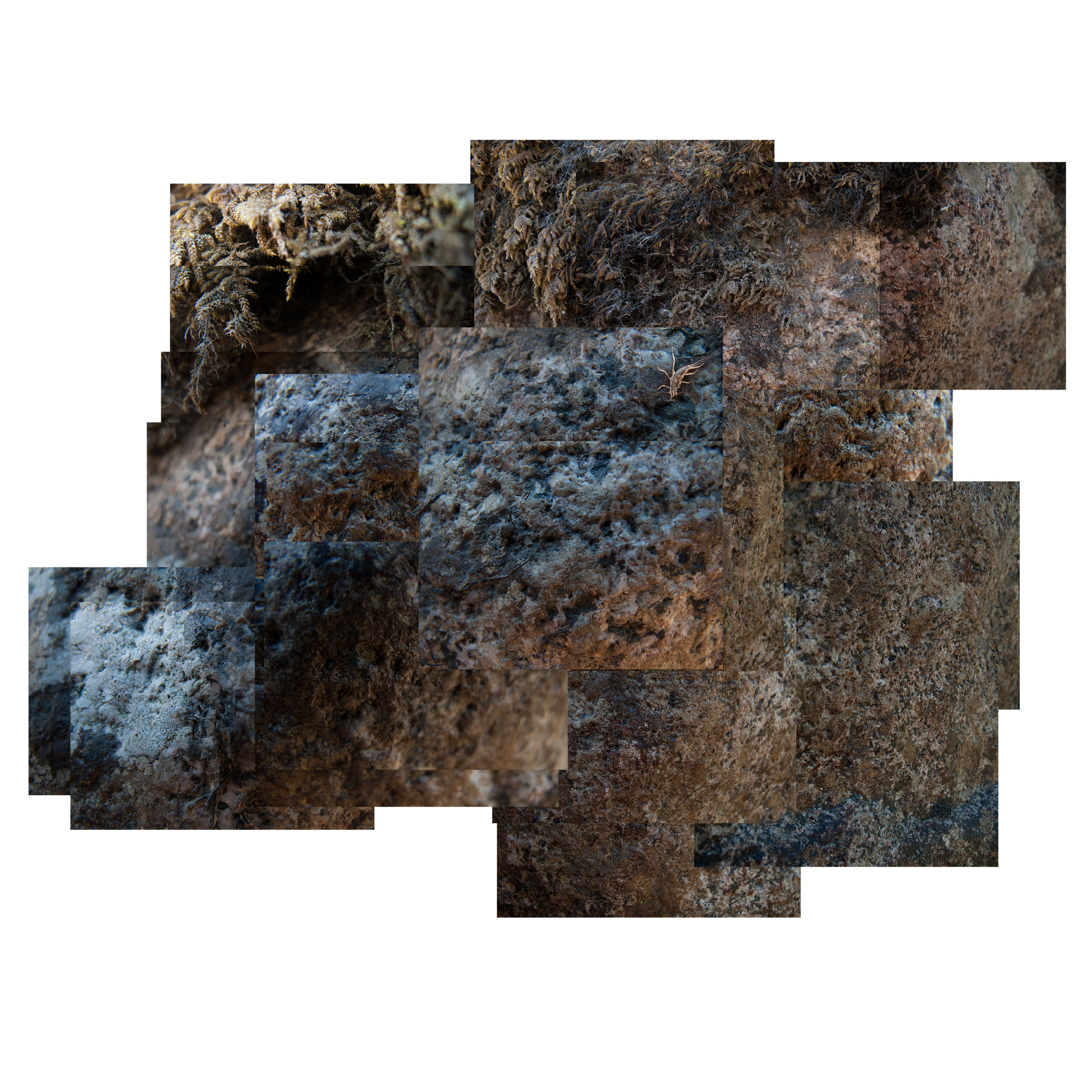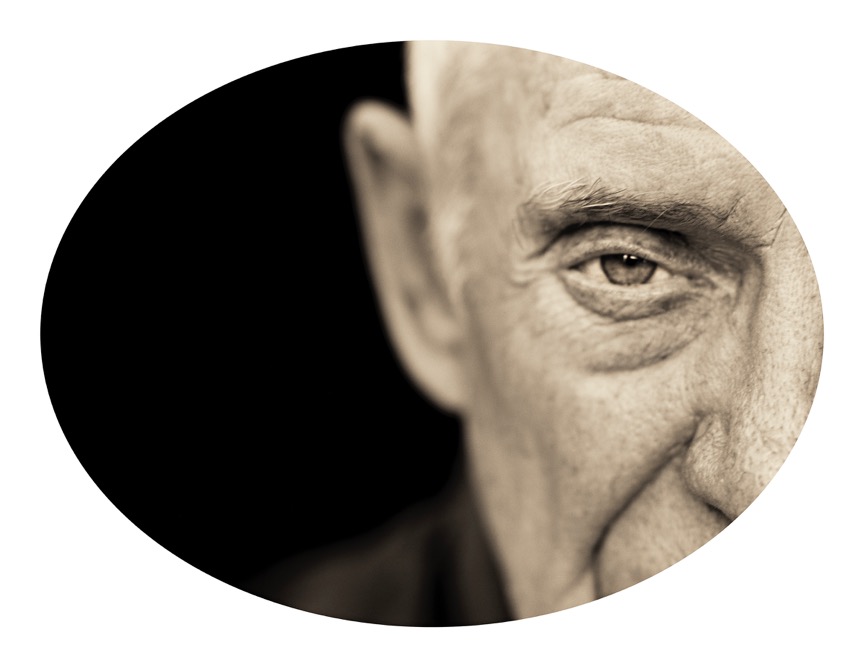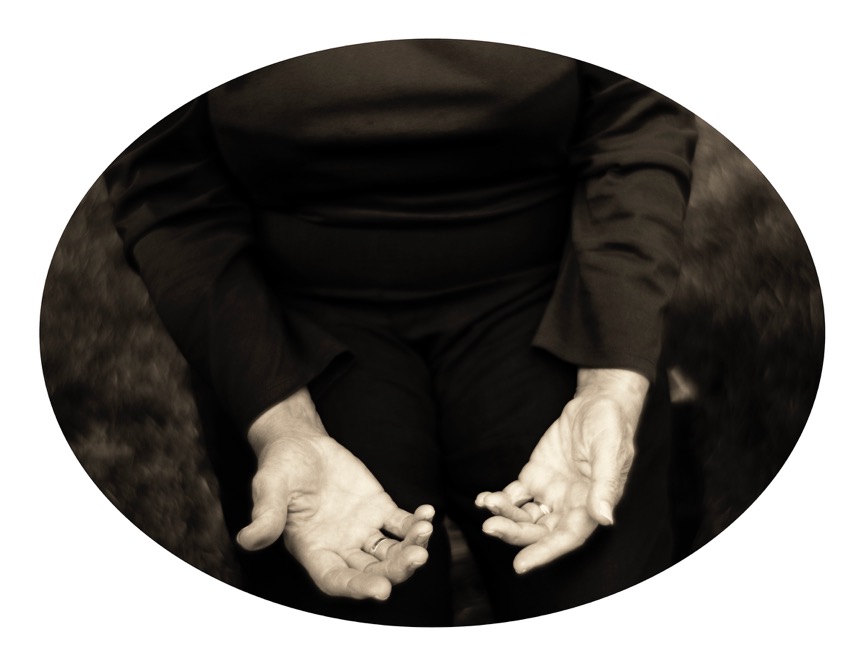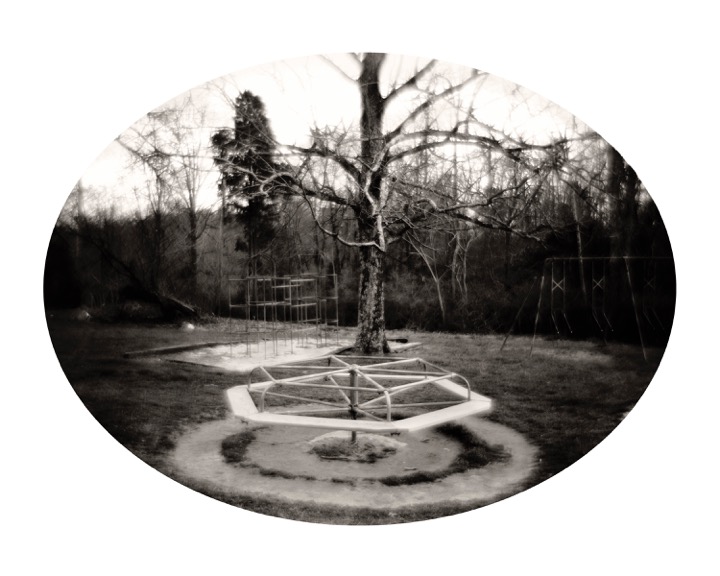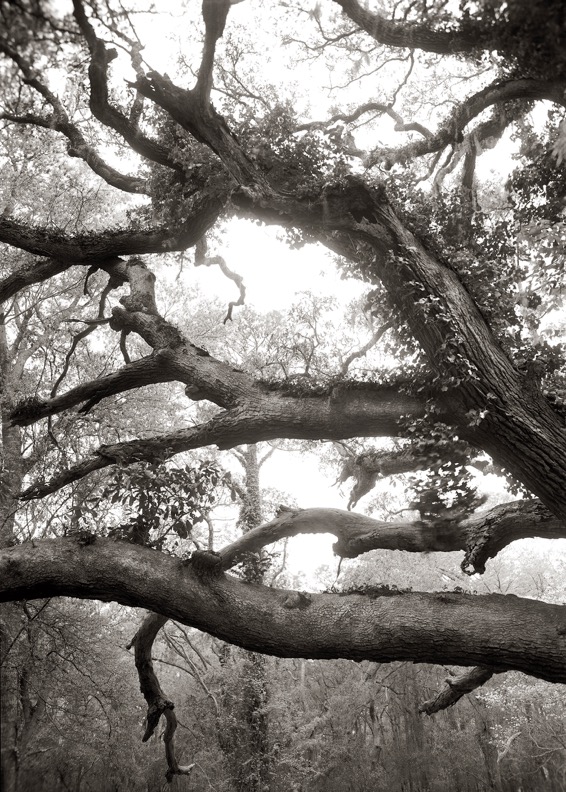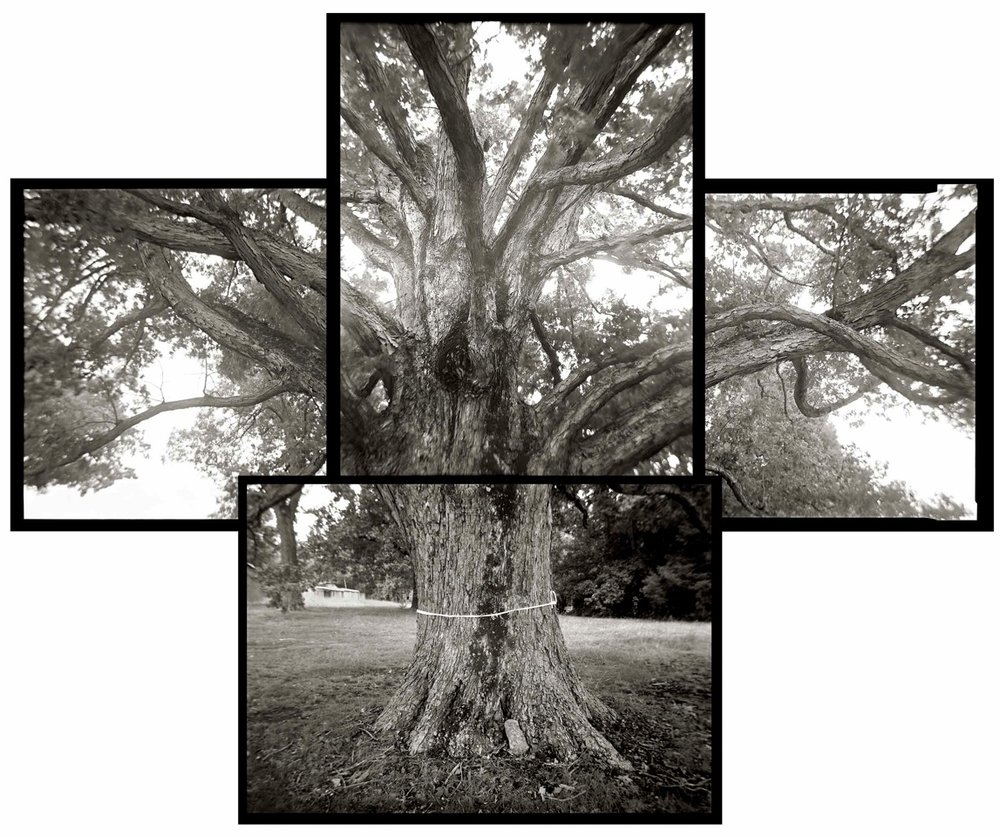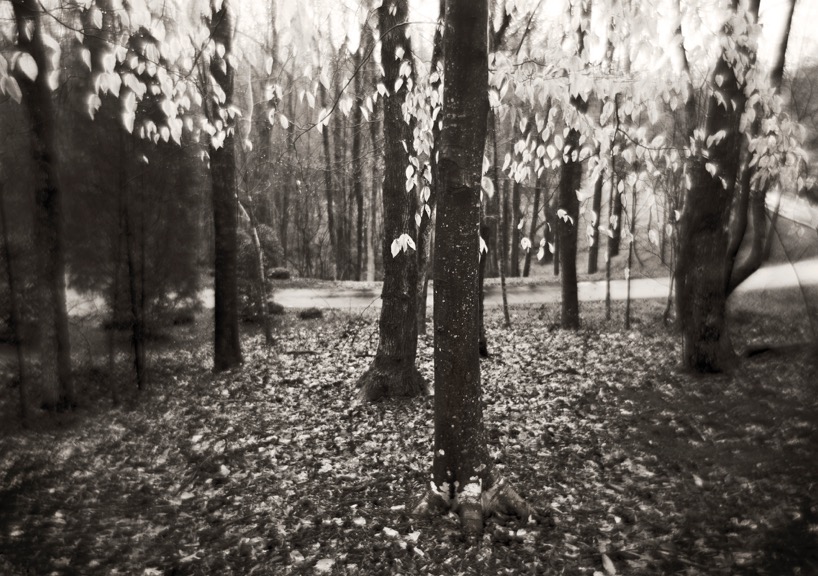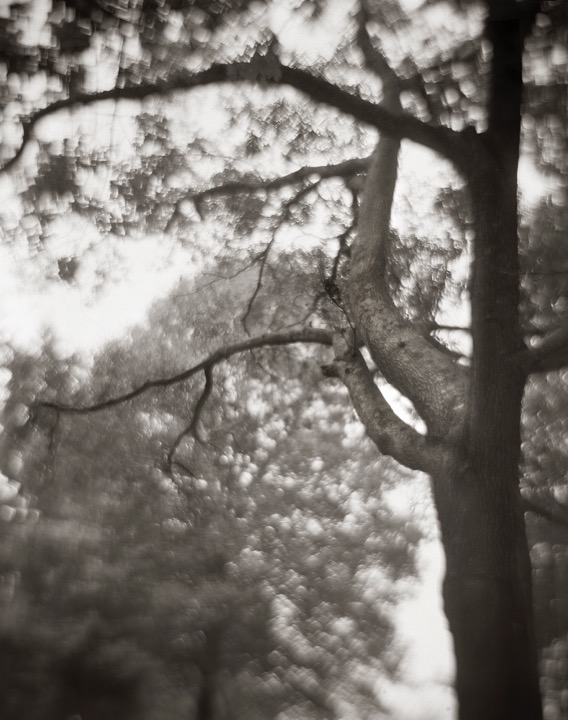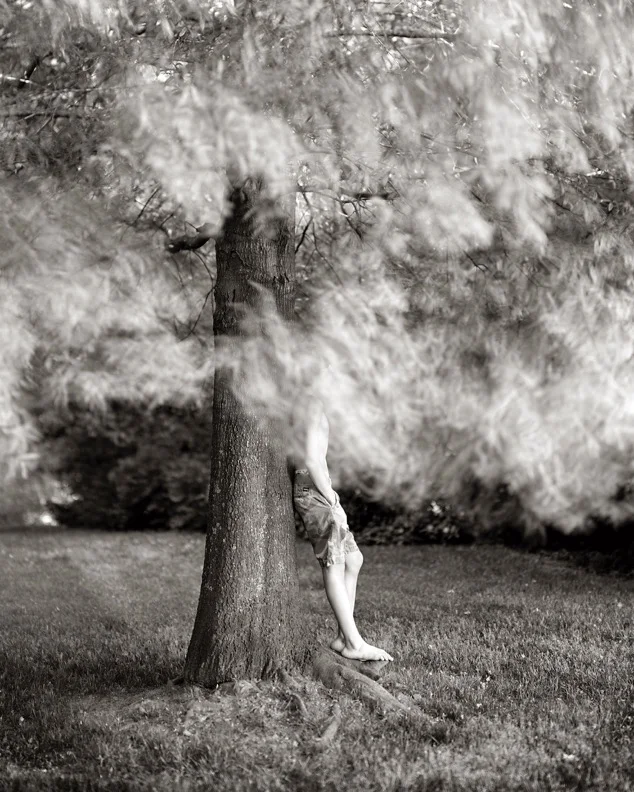I've long been an admirer of and influenced by the work of collaborative duo James Hajicek and Carol Panaro-Smith. I discovered their photogenic drawing work around 2004-2005 when I was really getting into making Lumen prints.
Their work hearkens back to, and indeed is directly born from William Henry Fox Talbot, the originator of photogenic drawings, the experiments for which began in 1834. He discovered that paper coated with a salt solution, then brushed with silver nitrate turned black when exposed to light, and a final coat of salt halted that darkening. He then made what is essentially a photogram, placing botanical specimens on the sensitized paper, and exposing it to sunlight. Thus, the "photogenic drawing," and one of the first successful photographic processes was born.
Today, James and Carol use variations of Talbot’s early formulas, and create beautiful pieces that are layered, possess depth, and have fantastic textures. I remember being stunned at the colors and textures the first time I saw their work, and those same feelings return each time I look at their work.
























































